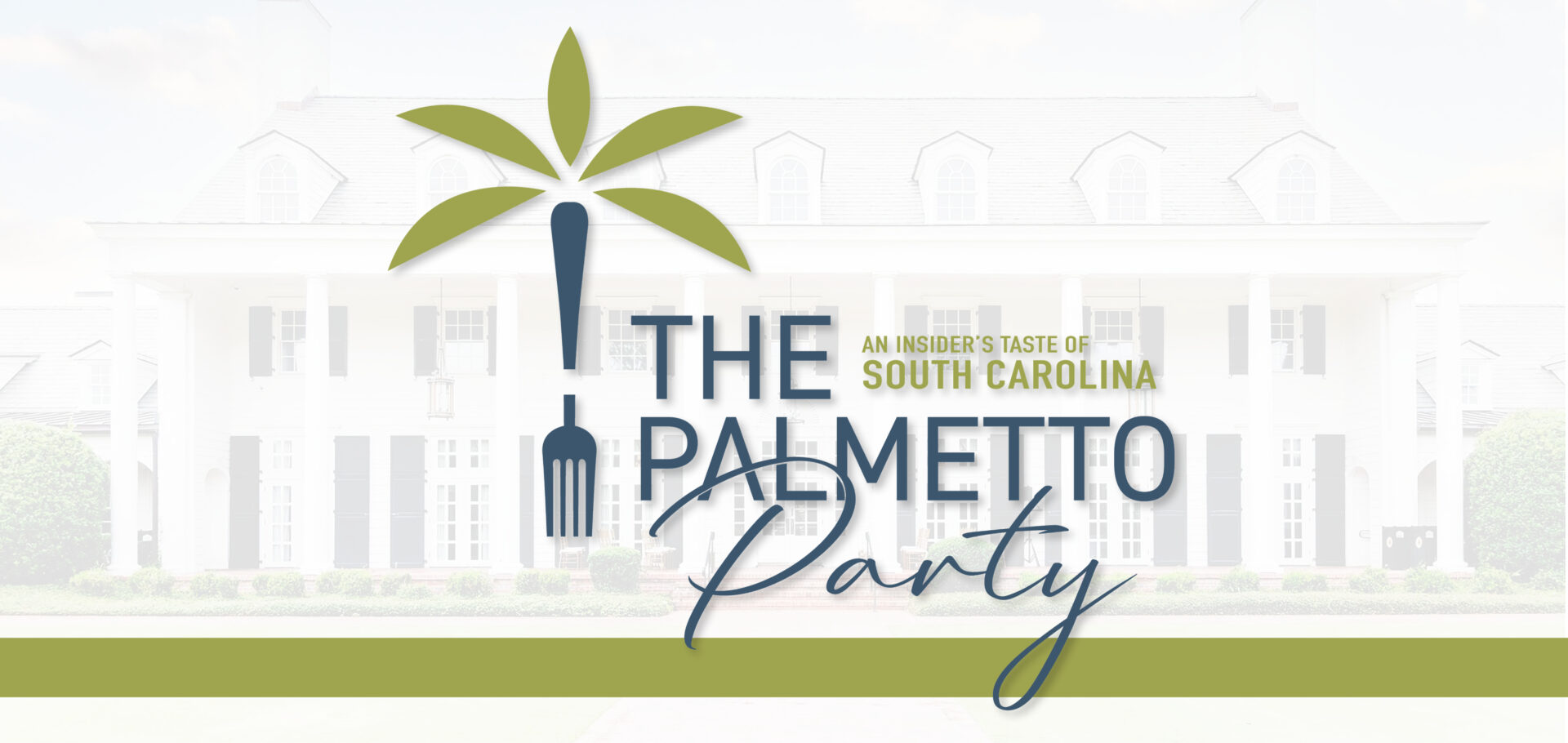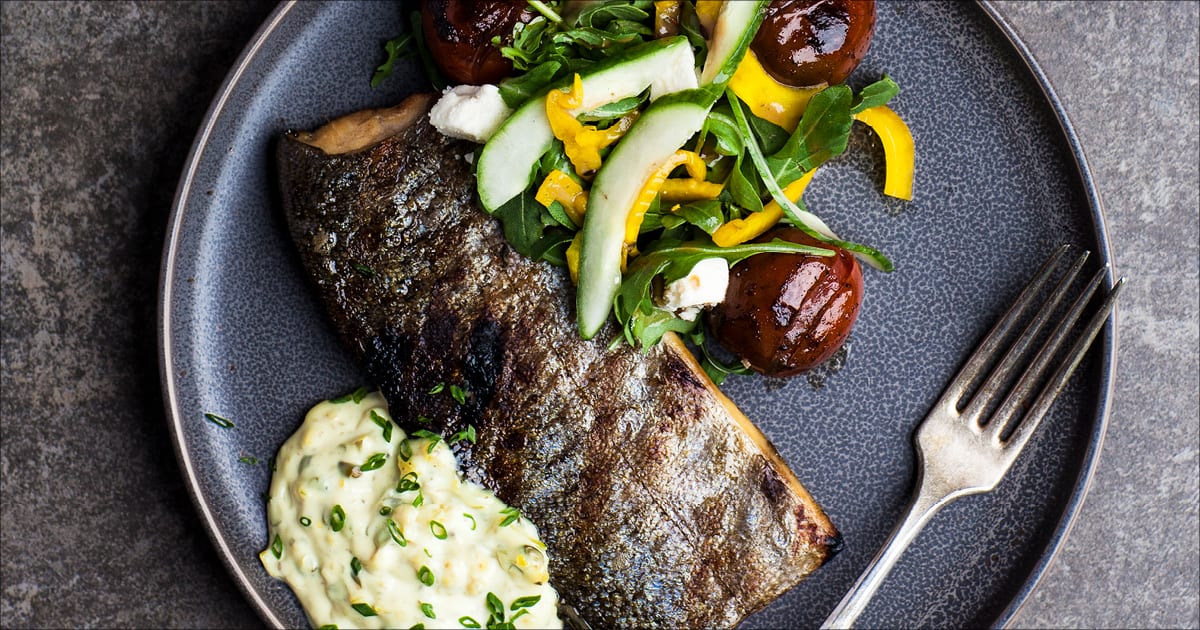In the Southern mountains, food preservation was long necessary for survival. A North Carolina chef pays homage to the tradition with spring plates that showcase the pickling tradition.
The landscape of the mountain South, with its short, fickle growing season and geographic isolation, has always demanded a particular compliance of its inhabitants. As set in their ways as that stubborn relative everyone seems to have, the Appalachian Mountains are ancient. (They may not be as old as time, but after some 480 million years you stop celebrating birthdays.) This is no Alabama Black Belt or Mississippi Delta, each of which has rich and fertile soils to thank for its fecund agriculture. Appalachia is home to steep terrain, rocky ground, and stark winters. Mountain folk have long turned to food preservation—drying, curing, fermenting, and pickling—as a way to persevere through it all.
And, like so much of Southern food, what arose of necessity would come to define the cuisine of the region.
The tradition of preserving foods is found in nearly every nook of the South (a quick survey of the tradition reveals Southerners will pickle just about anything, from watermelon rinds to eggs to pigs’ feet).
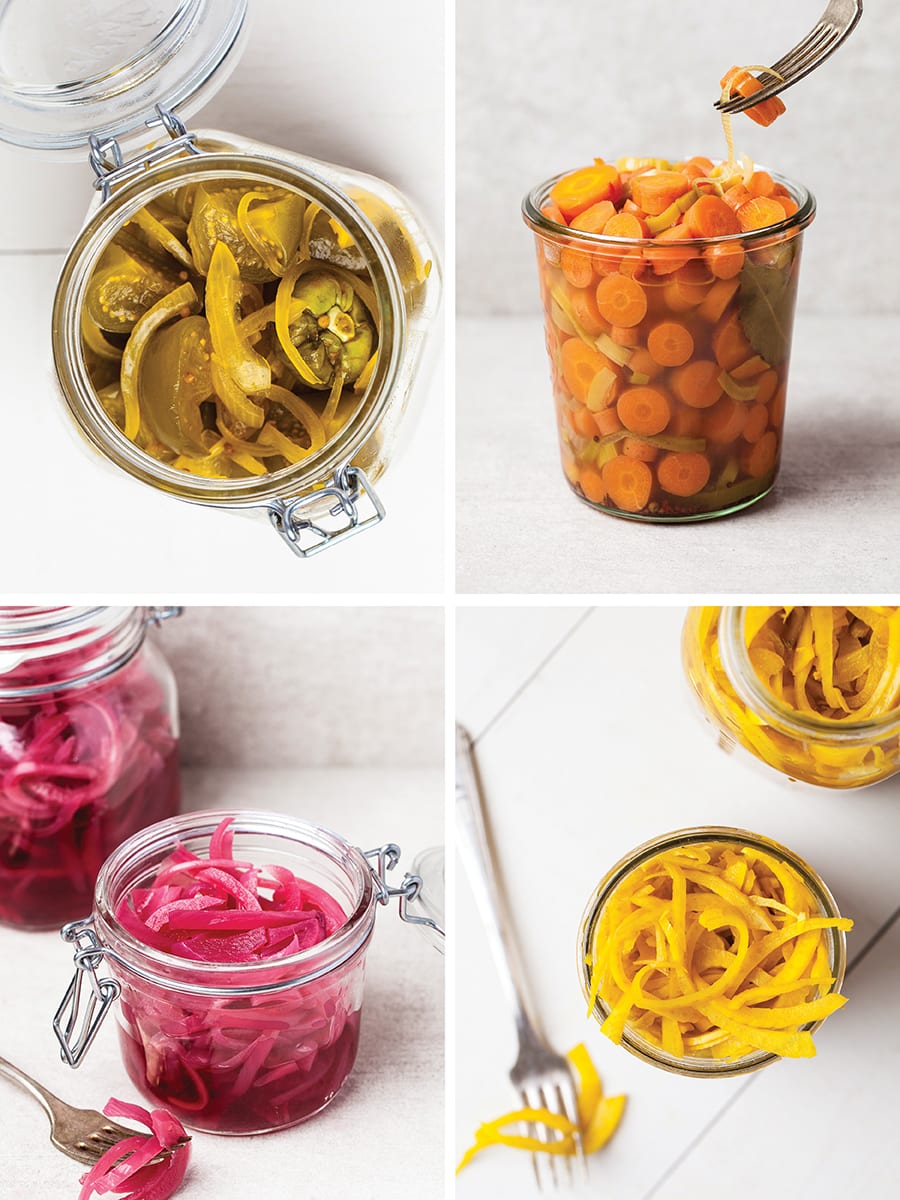
But as food historian and Kentucky native Ronni Lundy notes in Victuals: An Appalachian Journey, with Recipes (Clarkson Potter, 2016), the practice was essential to the mere settlement of the mountains, for both native peoples and the Europeans who began moving in during the eighteenth century. Long before canning was introduced, fermented pickles, potted meats, and fruit preserves were stored in crocks or jars sealed with wax. And when, in 1858, John Mason patented his eponymous glass jars that could be vacuum-sealed at home with screw-on lids, he opened the door to a canning revolution.
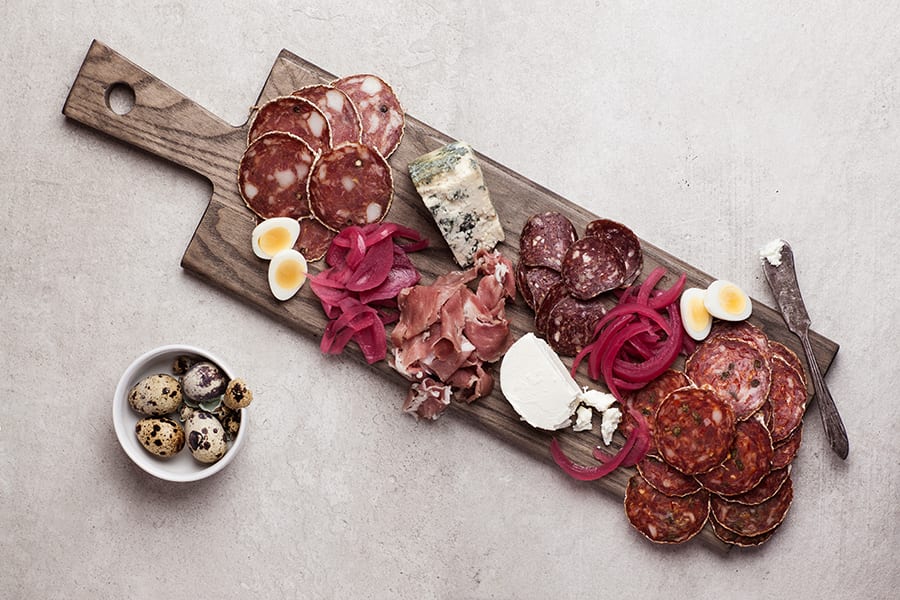
The beloved country hams we today associate with single-name near-empires (Benton, Broadbent, Edwards, Johnston) were born of the need to salt-cure meats so they’d last through the winter. Green beans were dubbed “leather britches” or “shuck beans” when they were strung on a thread and dried in their pods. Later revived in a pot of water with a ham hock or salt pork, the beans became creamy and tender and provided another source of much-needed protein in those cold, fallow months. And then there were the pickles, the bright and briny gems that enlivened otherwise one-note suppers.
But for cooks in modern-day Appalachia, pickles are more than a piquant relic of a bygone era.
They’re edible evidence of the region’s heritage—and easy to make, to boot. “The reason this stuff comes back is that it’s always been delicious,” says Ken Naron, the recently named executive chef of Canyon Kitchen in Sapphire, North Carolina. Because, let’s face it, in the age of twenty-four-hour supermarkets and Amazon Prime, preserving food through pickling and curing and canning is no longer a necessity.
“We don’t ever have to make pickles or put up green beans again—you can buy them in a can or a jar and it’s done for you,” Naron says. “But is it yours? Those cans on grocery store shelves aren’t going to be the same as what your mother made, or your grandmother made.”To pickle is to return to one’s roots. “It’s a re-learning process for a lot of people in the South who grew up with the tradition, but then moved away from it,” he says.
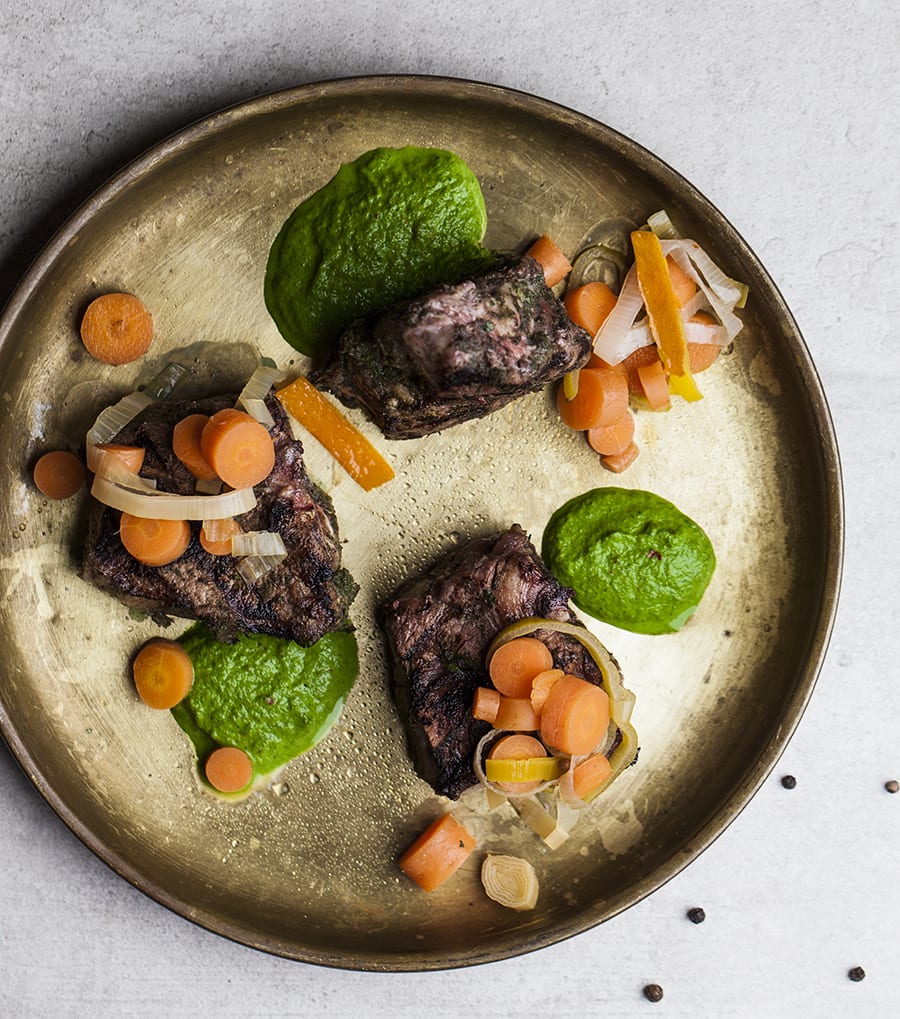
“And later we realized, ‘Dear God, this stuff is so good.’” For him, one of those recipes is his grandmother’s spicy bread and butter pickles.
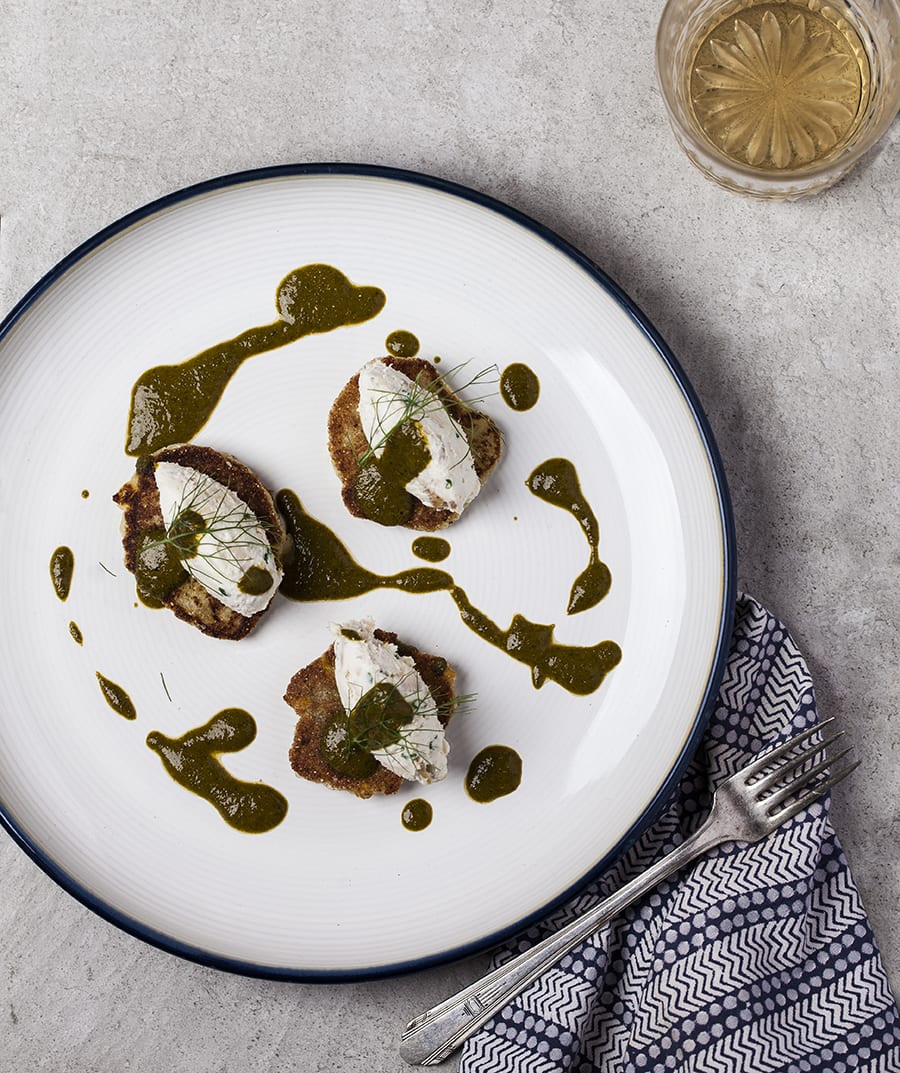
As he sees it, there’s no better way to honor her than to infuse them with his own influence. He’s got her original recipe—but rather than turning to the standard sliced cucumber, he pours the spice-laced liquid over tomatillos, those huskclothed orbs one might consider a green tomato gone South of the Border. It’s a reminder of food’s near time-bending ability to align the past with the present.
At Canyon Kitchen, Naron uses pickles to bring acidic zing to rich dishes and smoky grilled proteins. Here, he shares a few favorite pickles recipes alongside seasonal plates that showcase them. For starters, there are red wine-pickled onions that are perfectly at home alongside buttermilk blue cheese and sorghum salami on a ploughman’s platter.
Pickled fennel is fragranced with saffron—it joins arugula, feta, and blistered cherry tomatoes in a salad, and is incorporated into a remoulade to top grilled trout. Ramps, one of the mountain South’s most coveted wild forageables, also get the treatment. The result is a bright, garlicky bite that blends nicely into chimichurri, which Naron employs with pickled carrots to punctuate a plate of grilled lamb.
And there’s sour corn, Appalachia’s answer to sauerkraut. Traditionally cooked in a hot skillet in bacon fat, Naron instead folds it into johnnycake batter. The cornmeal pancakes are quickly cooked up and served with smoked trout dip and pickled ramp chermoula, a pungent Moroccan sauce of herbs and earthy spice. The menu pays tribute to the region’s perseverance by shining new light on the tradition—which, fittingly, has preserved itself remarkably well in the face of a changing world.
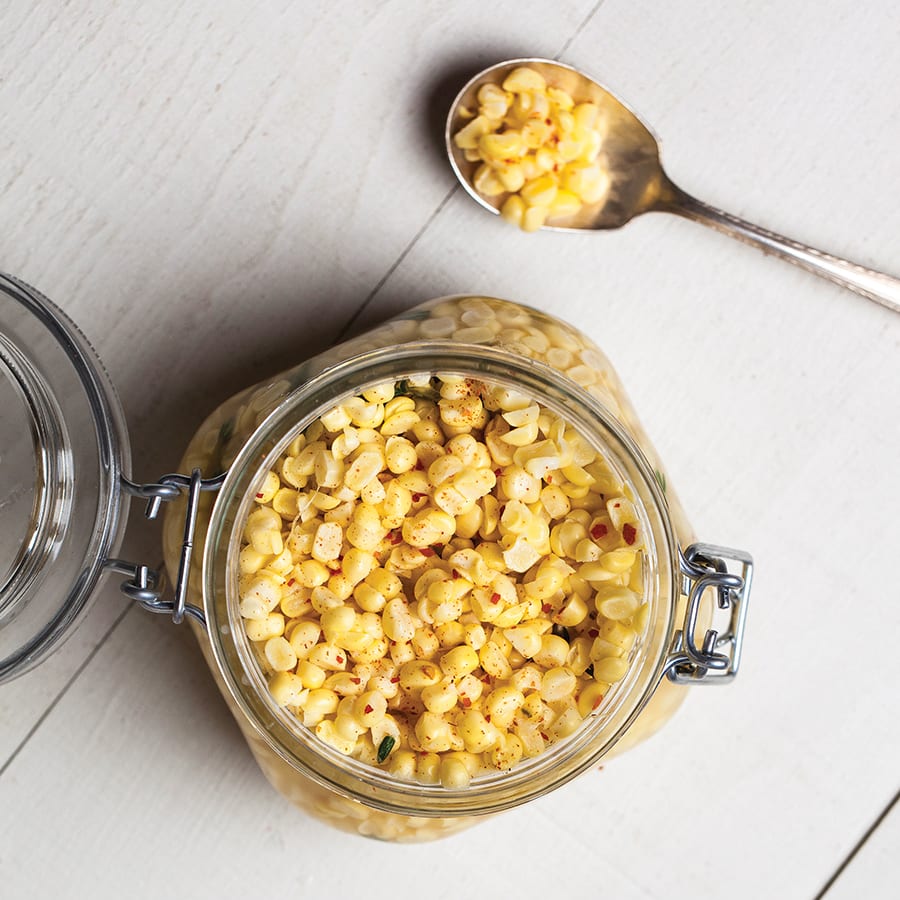
Grilled Trout with Pickled Fennel Remoulade and Pickled Fennel Salad
Grilled Lamb with Ramp Chimichurri and Pickled Carrots
Spicy Bread and Butter Tomatillos
Pickled Ramps
Red Wine-Pickled Onions
Sour Corn
share
trending content
-
FINAL VOTING for Your Favorite Southern Culinary Town
-
New Myrtle Beach Restaurants Making Waves
-
New Restaurants in Arkansas
-
Shrimp and Grits: A History
by Erin Byers Murray -
Tea Cakes, A Brief History
by TLP Editors
More From At the Table
-
A New Way to Beignet
-
A Significant Father’s Day for Chef Joe Cash | Listen
-
Rasam is the Spice of Life
-
High Tea, Southern Style
-
10 Leftover Recipes To Clean Out Your Fridge

